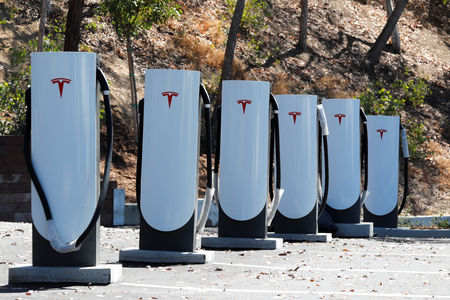What are Pension Funds?
Pension funds represent investment pools that pay for employees’ retirements. These pension funds come directly under pension plans. Pension plans and funds are most common in companies and governments. These entities may pay for their workers’ retirement funds and collect these funds under a pension plan. Either the employee, the entity, or both may contribute to pension funds.
What are the types of Pension Funds?
There are two types of pension funds. These include defined benefit pension funds and defined contribution plans. Defined benefit pension funds are the most prevalent type among both. They both differ from each other in most respects. Given below is a description of what each of these is.
Defined Benefit Fund
A defined benefit fund comes with a fixed income to the beneficiary. The fund itself may perform well or worse. However, that does not impact the beneficiary’s income. It provides them with a steady income source. Since the beneficiary gets a fixed amount, pension fund managers may also use the funds conservatively. The risk that the funds perform worse can affect the funds adversely due to the defined output.
Therefore, fund managers will prefer earning enough returns to fund payments to the beneficiaries. In case the fund does worse than anticipated, the company or employer has to pay for it. Therefore, in this type of pension fund, the employer bears the risks of bad performance. For this reason, some companies prefer the defined contribution funds instead.
Defined Contribution Fund
The defined contribution fund does not offer employees a fixed income. Therefore, employees can benefit from the fund’s performance. It also means they can suffer if the fund underperforms. In this type of pension fund, the employee bears the risk associated with the fund’s performance. The most common type of defined contribution funds is 401(k)s.
With defined contribution funds, employees make specific contributions to the fund. Fund managers then handle these funds. Unlike defined benefit funds, however, fund managers don’t have to use the funds conservatively. Defined contribution funds have become more common due to the advantages they provide to the employer.
How do Pension Funds work?
How pension funds work depends on the type of pension fund that employers operate. For defined benefit funds, employees can get payments according to the percentage of their average salary. The average salary may come from the last few years of their employment. The rate of pension payment may differ from one plan to another.
For most pension funds operated by companies, the percentage is around 1%. However, for public employee pension funds, the rates may be up to 2%. Similarly, private pension funds do not have a cost-of-living escalator. On the other hand, public plans do have this feature.
For example, an employee has worked for 20 years in the same organization. Their average salary in the last few years of services was $75,000. Assuming the employee gets the payments from a private pension fund, the annual amount will be $15,000 at 1%. On the other hand, the employee will receive $30,000 annual payments from a public pension fund at 2%.
Conclusion
Pension funds refer to investment pools established for employees’ after-retirement payments. There are two types of pension funds, including defined benefit and defined contribution funds. Although defined benefit funds are prevalent, most companies are shifting towards defined contribution plans.
Further questions
What's your question? Ask it in the discussion forum
Have an answer to the questions below? Post it here or in the forum



